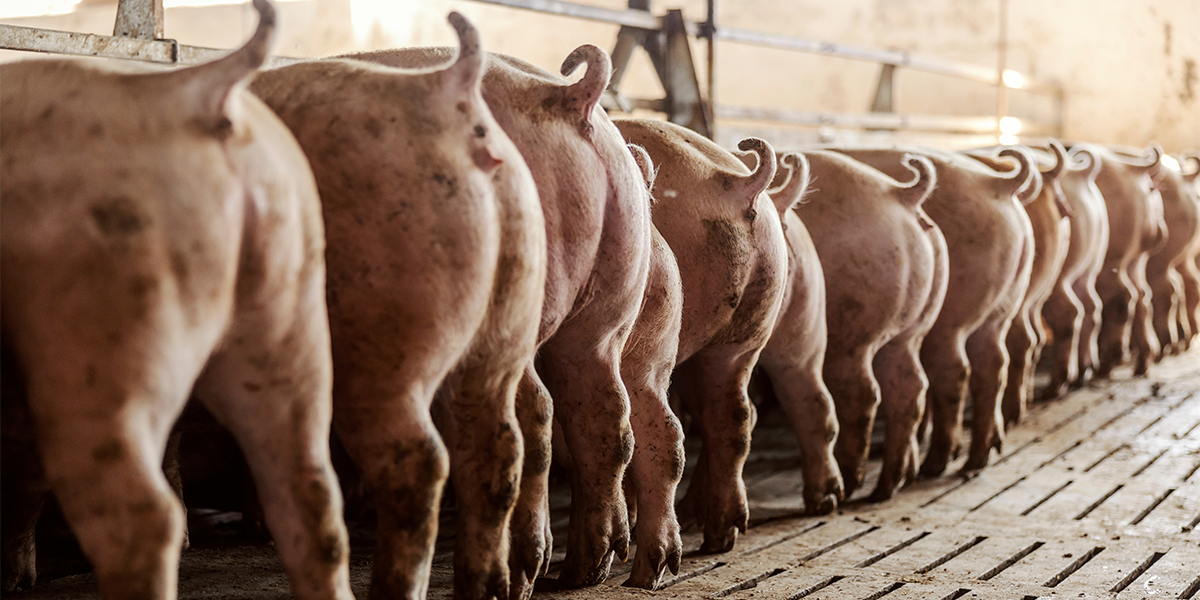
Dedicated to promoting the quality, consistency and reliability of northern-grown soybeans and soymeal (SBM), Northern Soy Marketing (NSM) works with respected researchers to provide a more accurate picture of soybean feeding quality by considering critical essential amino acids, rather than crude protein, as the true measure of soy quality.
In Fiscal Year 2024, NSM supported a research project through South Dakota State University in a study led by Jorge Perez-Palencia. The objective of the project is to determine the nutritional value – energy and amino acids – of SBM from different origins fed to swine and poultry through four separate experiments:
- Poultry energy study
- Swine energy study
- Poultry amino acids study
- Swine amino acids study
“The outcomes of this project provide scientific and reliable information on the energy value and amino acid digestibility in soybean meal from various origins,” Perez-Palencia said. “This data will allow the appropriate use of a specific soybean meal source in pig and broiler diet formulation to better meet their nutritional requirements and consequently optimize animal performance and increase producer’s profitability.”
By investing in research projects like this one, NSM is upholding its word to redefine the measure of feed ingredient quality. Traditionally, international purchasers have evaluated and bought SBM based on crude protein; they want to buy SBM based on the lowest price of crude protein per metric ton. But this isn’t necessarily best practice.
“When purchasers buy based on crude protein percentage, they’re not getting the quantity of each amino acid or the balance of essential to non-essential amino acids,” said Katelyn Engquist, NSM market development project manager. “That’s why we encourage the adoption of the Critical Amino Acid Value (CAAV), which is a calculation of the sum of the five most critical amino acids.”
Preliminary results showcase the quality of soybeans grown by Upper Midwest soybean producers. Numerically, SBM samples from the U.S. Northwest, which includes samples from NSM member states Minnesota, South Dakota and Nebraska, had the greatest metabolizable energy value (AME). SBM samples from Argentina, Brazil and the Eastern U.S. had the lowest AME values.
“We demonstrated through this project that there are small variations in nutritional composition across soybean meal samples from different origins,” Perez-Palencia said. “In fact, Northwest soybean samples had potentially a greater apparent metabolizable energy for poultry, which represents an advantage to poultry producers as diets formulated with this SBM could help reduce feed cost. Also, when fed to swine, Northwest and East soybean samples had a greater digestibility of key amino acids compared to other U.S. regions.”
As NSM moves into FY25, the final report, which is currently being completed, will be another source for NSM representatives to reference when interacting with international stakeholders.
“We’re excited for this research project’s final report,” Engquist said. “NSM is committed to moving the needle for northern-grown soy, especially soybeans and SBM leaving the U.S. via the Pacific Northwest. This project is just one avenue on the route to unlocking the knowledge of soybean quality.”
Stay tuned for the final results!


